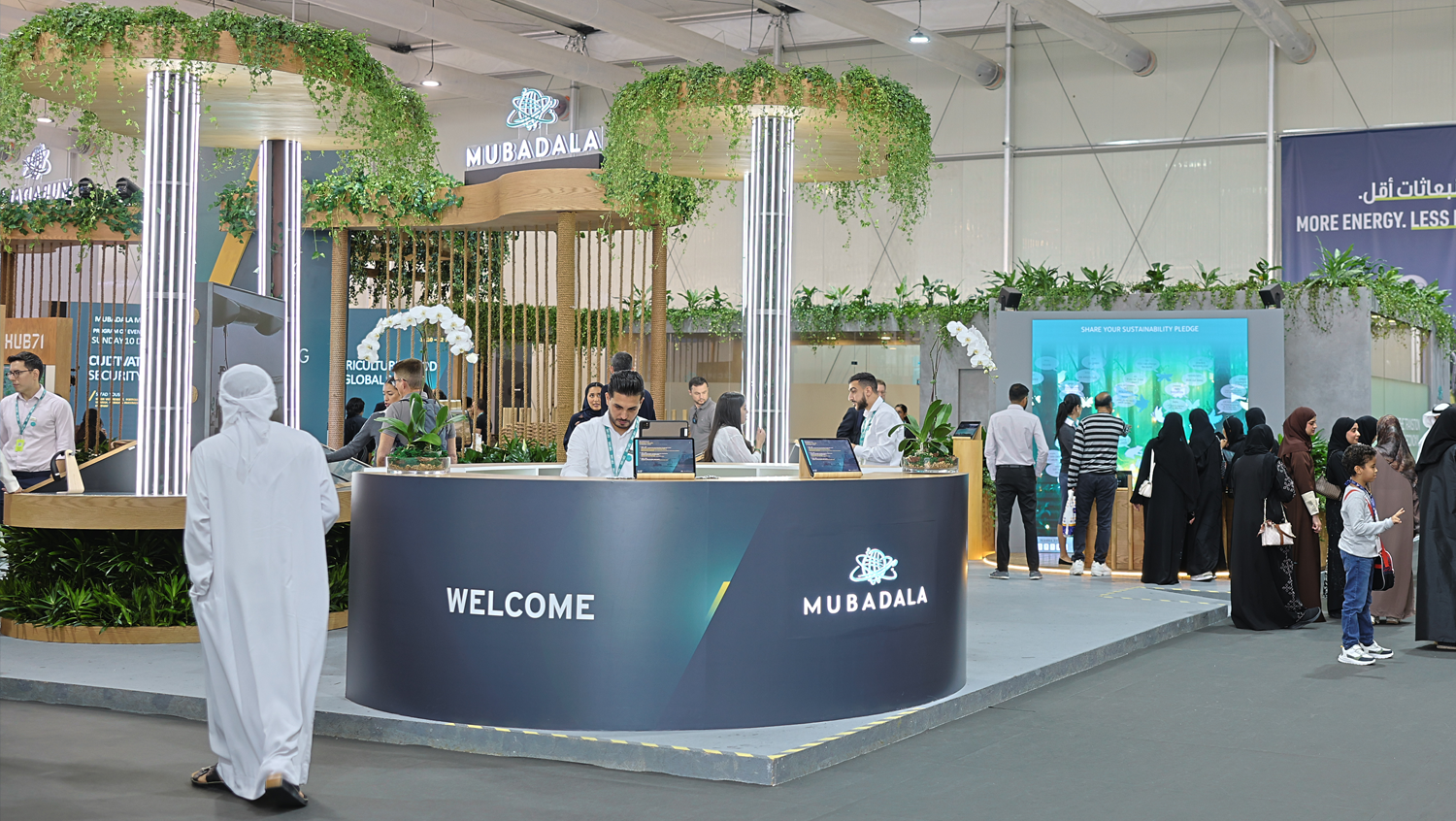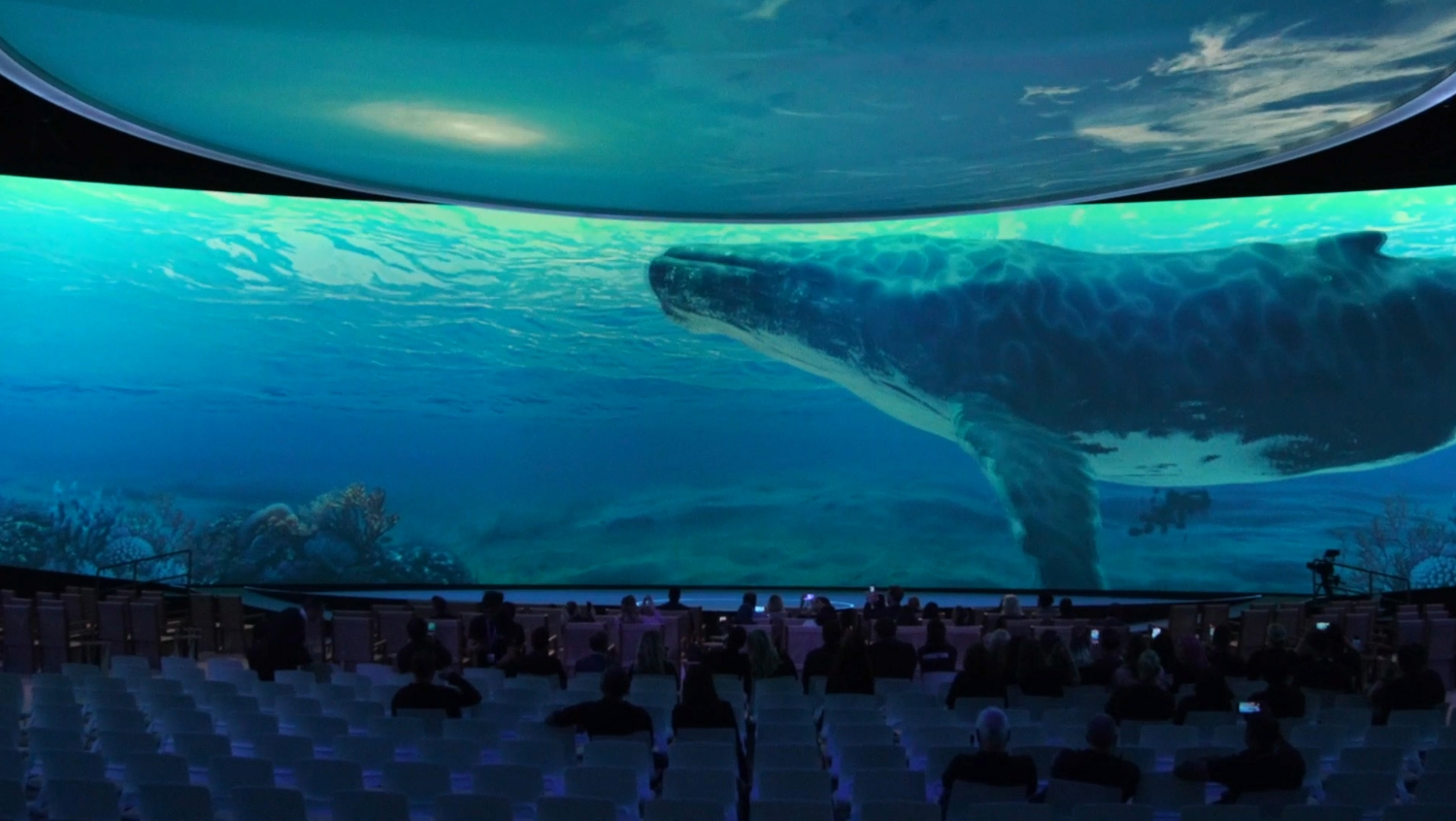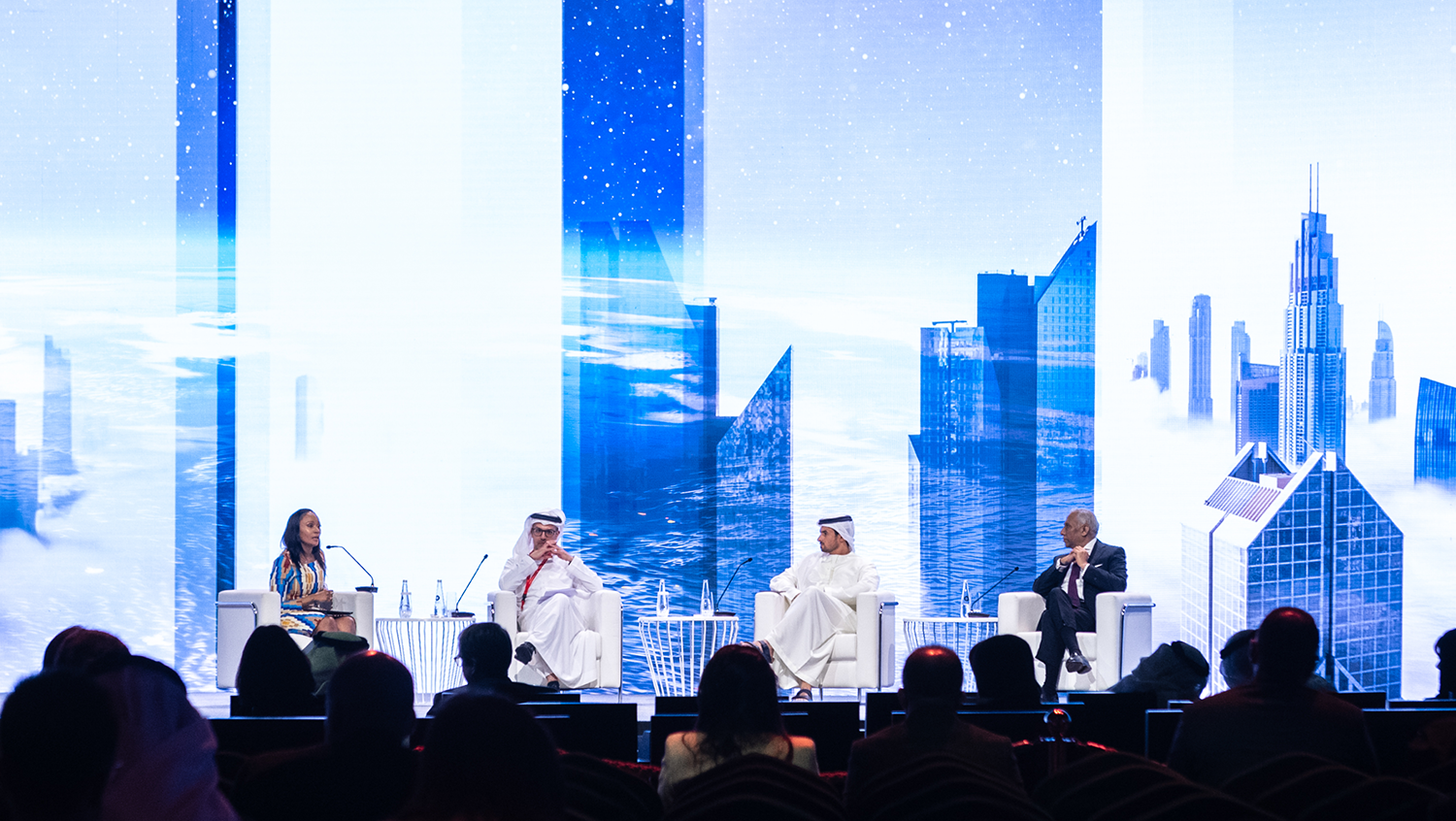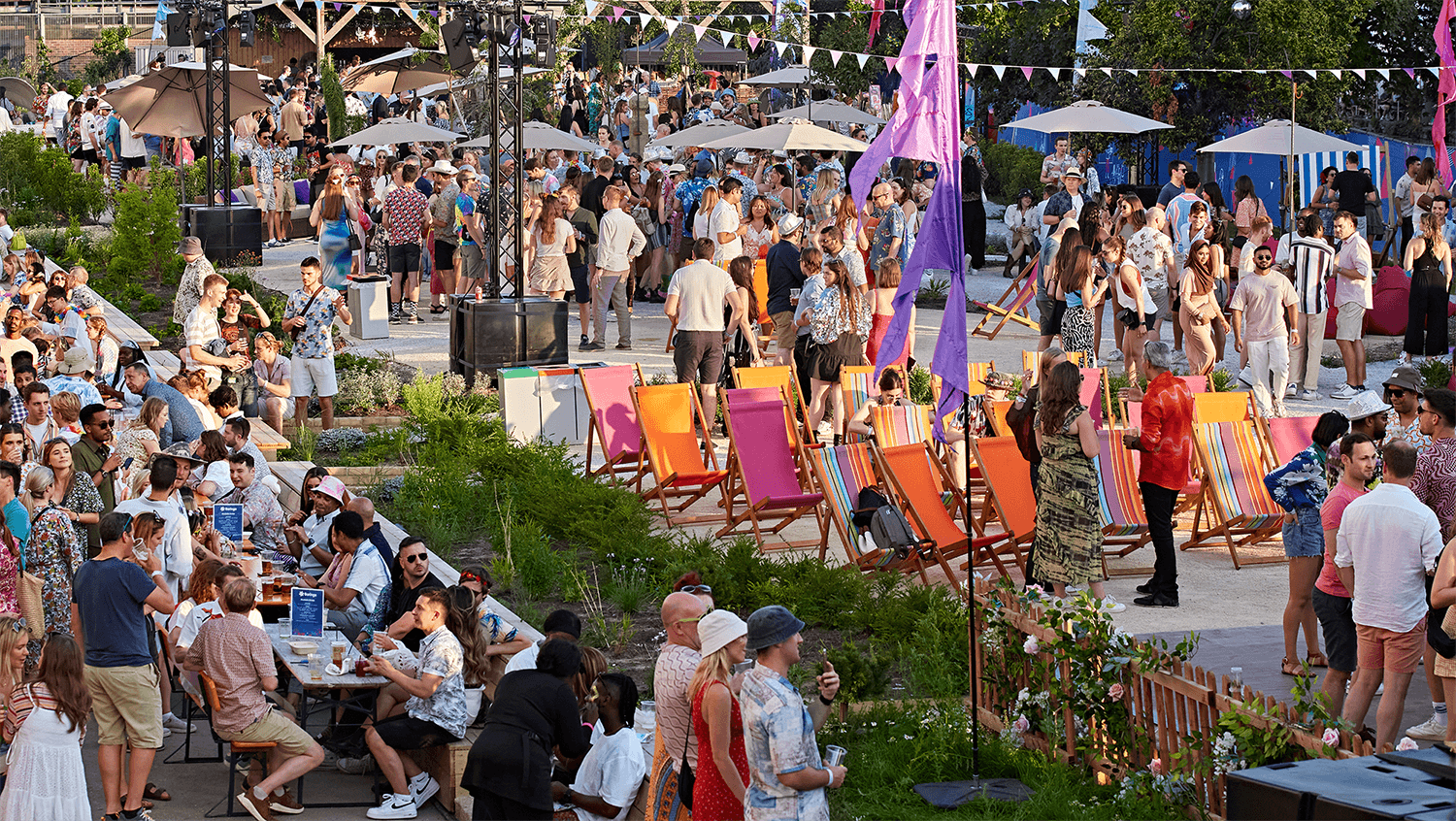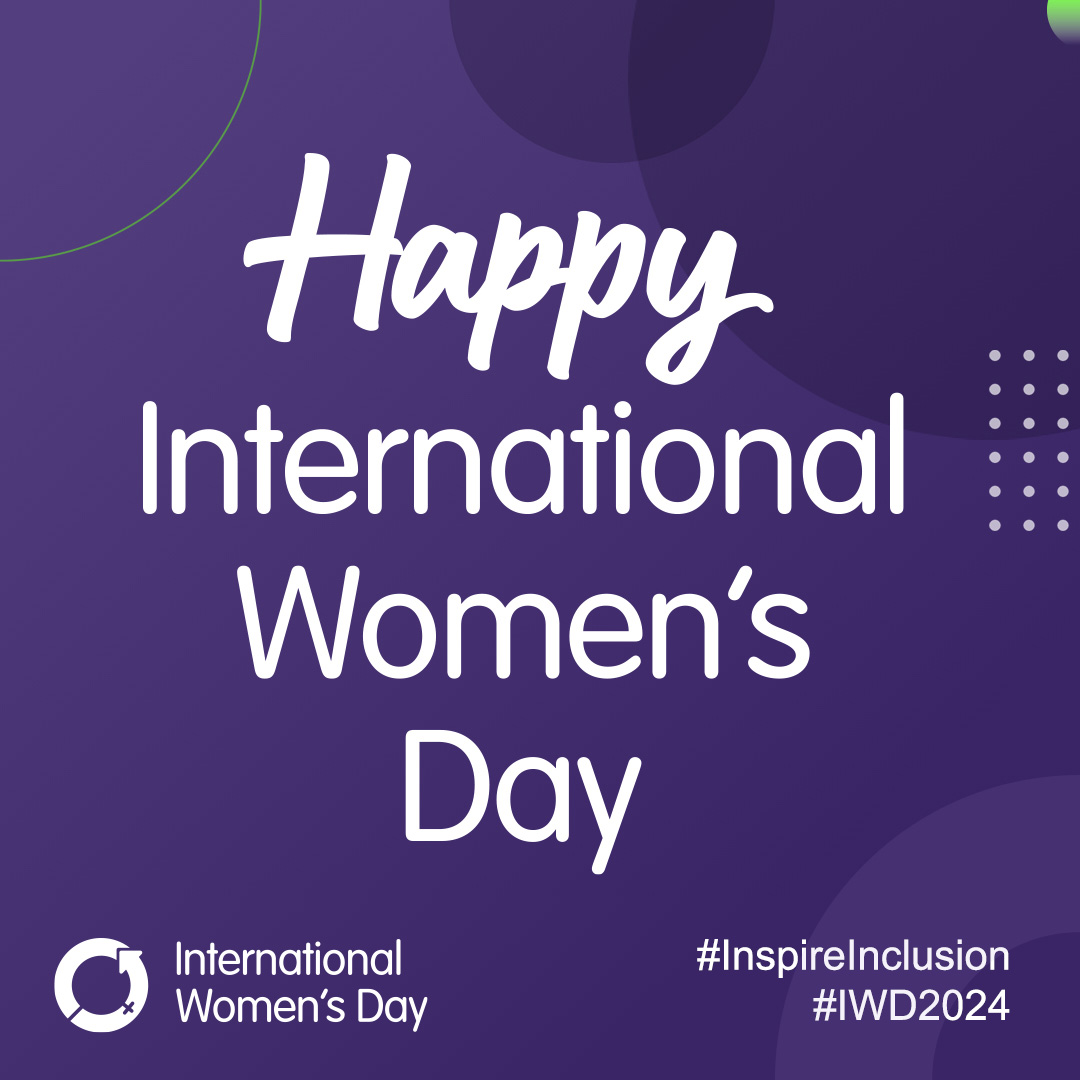“Recorded During Lockdown”
I listen to a lot of radio. Particularly during the initial lockdown period, I found it an invaluable source of information, company and comfort, having voices beamed into the house. I am also a big fan of comedy panel shows, traditionally recorded live with the crack and cackle of audience laughter and swells of appreciative applause, providing atmosphere, giving the comedians the essential live feedback they need, and pulling the far-flung listeners in closer to feel part of a live event.
In the early days of lockdown, many shows retained the audience and genuine live setting, due to the recordings having been made before the pandemic took hold and we all holed-up for a while. Over time, however, the audiences fell silent, those moments of audible amusement replaced by the woeful qualifying line from the announcer “Recorded During Lockdown”, promising an awkward, eerie silence to replace the crowd. The panellists themselves did their best to compensate, but even the gustiest guffaws of six people over a stilted Zoom call cannot replace the atmospheric effect of engagement en masse. This was my first encounter with the cultural long tail of coronavirus.
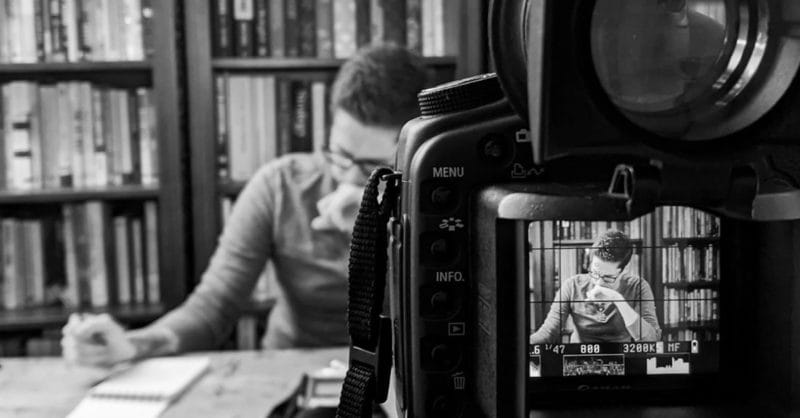
The effects of the pandemic across the events industry were more immediate and far more brutal. Almost all events across the globe were cancelled seemingly overnight, blighting a thriving and normally robust specialism in one foul swoop. As everyone across the industry scrambled to find new solutions and stay viable, many turned to the virtual realm to find ways to retain engagement with audiences, at a time when the only way to cross each other’s thresholds was via the virus-free medium of fibre-optic cables.
In times of significant strife, innovation is often accelerated and efforts are redoubled to find the means to survive and thrive; it is hard-wired into our nature. There were those, like Identity, who had already made significant steps into harnessing the possibilities of virtual events and remote engagement, so we had a head-start that put us ahead of the desperate game. There are many others who have since joined this race for survival through digital, developing new tools, new platforms, enhanced broadcast facilities and myriad new kits of parts to allow brands and enterprises to talk to their peers, peers to talk with their peers, crossing time zones and quarantine lines, retaining and building new means of engagement and a new language for remote interaction.

I am not enough of a fool to try to predict what the emerging trends will be. That said, I could spend many words talking about the possibilities of augmented reality as a tool to bring objects, content and people into each other’s homes without having to be physically present; how second screening and our increasingly connected homes will make use of the many domestic communication tools so many of us have to provide deeper engagement and nuance to our participation; perhaps even how Unreal Engine and virtual worlds are still in their infancy and the ability to design new realities will become more absorbing and engaging, finding ways via platforms known and new to break out fully from their traditional confines and audiences, providing channels and tools for mass participation in ways that we have yet to fully comprehend.
But, I won’t. I will leave these predictions to the technologists and futurists among us. My concern is having the means, via whatever digital tools, to reach out and continue making connections. Not the kind of connections that manifest simply in likes or bedpost-notch friends counts on social media, but real connections via invented means with substance and empathy, building the means of engagement for people to still feel the world around them, even if it (for now) remains largely within their own four walls.
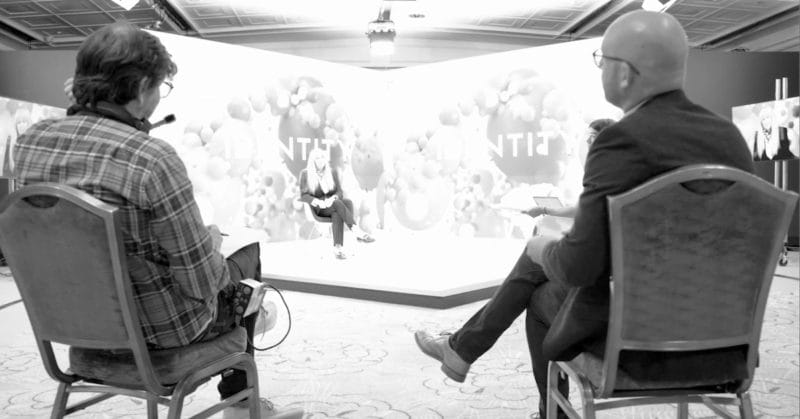
And here the long tail starts to curve upwards. The accelerated innovation now in motion will change both the events landscape and digital engagement forever, genuine evolution of the digitally fittest. Some very intelligent people all over the world are developing innovative ways for us to communicate, to share and to stay connected on scales possibly never even attempted before at the rates we are currently witnessing.
All gods and science willing, one day soon we will have the cure that will allow us to gather en masse and be able to stand (literally) shoulder-to-shoulder again. Comedians will have the audiences to laugh back at them and the ghost crowds, currently heard but not seen at top-flight football matches will have bodies once again. The pieces of the events industry will be picked-up, dusted-off and rebuilt, quickly, safely, sustainably, in the way that our most robust and determined colleagues always do. But this time around the little brother, the digital partner to the physical productions will have grown and strengthened, and the longest tail will see a more engaging digital partner to widen the reach and strengthen the connections, providing levels of engagement that only a hybrid world can provide. If evolution is a series of successful accidents and reactions to changes in our environments, we are peering over the precipice of a new era for events of all kinds.



